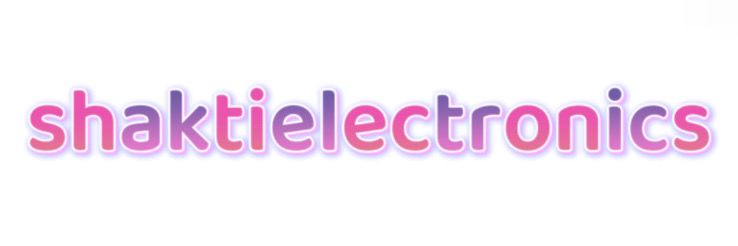Understanding Electronic Components: Types, Functions, and Applications Explained
In today's technologically driven world, electronic components play a crucial role in the functionality and efficiency of a wide variety of devices. From smartphones and computers to advanced medical equipment and industrial machinery, understanding the various types of electronic components, their functions, and practical applications is essential for anyone interested in electronics.
Contact us to discuss your requirements of Electronic Components. Our experienced sales team can help you identify the options that best suit your needs.
To begin with, resistors are one of the most fundamental electronic components. Their primary function is to limit the flow of electric current in a circuit. Resistors can be used in voltage dividers, pull-up configurations, and biasing applications. They come in various resistance values and power ratings, and their ability to control current makes them essential in virtually every electronic device.
Capacitors, another significant electronic component, store and release electrical energy, playing a vital role in timing applications and filtering signals. For instance, in power supply circuits, capacitors help smooth out voltage fluctuations by charging and discharging quickly. By separating AC and DC signals in coupling and decoupling applications, they enhance signal integrity and reduce noise in electronic devices. Their diverse range of capacitance values allows for tailored applications across various industries.
Diodes serve as critical components by allowing current to flow in only one direction, thereby protecting circuits from potential damage due to reverse voltage. Commonly used in rectification processes, diodes convert alternating current (AC) to direct current (DC), making them vital in power supply designs. Additionally, Zener diodes can regulate voltage levels in circuits, contributing to stable operation. Their straightforward functionality is crucial in a wide range of applications, from consumer electronics to complex communication systems.
Transistors are pivotal in modern electronics, acting as switches or amplifiers within circuits. Implemented in numerous configurations, such as bipolar junction transistors (BJTs) and field-effect transistors (FETs), they enhance signal strength and enable complex signal processing. These components are fundamental in implementing logic gates, essential for computing and digital logic design. The versatility and efficiency of transistors greatly contribute to the miniaturization of electronic devices, making them indispensable in mobile technology.
Integrated circuits (ICs) represent a significant leap in electronic component technology, encapsulating multiple elements such as resistors, capacitors, and transistors within a single package. This integration allows for reduced size, increased reliability, and lower manufacturing costs, making ICs prevalent in everything from microcontrollers to processors. Their ability to perform complex functions in compact designs has revolutionized the electronics industry, leading to advancements in portable and embedded systems.
In practical applications, the choice of electronic components greatly influences the overall efficiency, accuracy, and flexibility of devices. For example, in the automotive sector, components such as sensors, actuators, and microcontrollers work together to enhance vehicle performance and safety features. Similarly, in industrial automation, the correct selection of components improves production efficiency and flexibility, enabling seamless operation in various environments.
As we look toward the future, the continued evolution of electronic components is set to drive innovation across multiple sectors. With emerging technologies such as the Internet of Things (IoT), artificial intelligence (AI), and renewable energy systems gaining traction, the demand for advanced electronic components will only grow. As devices become more interconnected and intelligent, understanding the fundamental characteristics and capabilities of electronic components will be essential for engineers and developers striving to create efficient, reliable, and cutting-edge products.
In conclusion, electronic components are at the heart of nearly every modern electronic device, providing essential functions that enhance performance and user experience. By examining their specific characteristics and applications, professionals in the field can make informed decisions regarding component selection, maximizing efficiency and effectiveness. Embracing continuous learning in this area will position individuals and organizations to thrive in an ever-evolving technological landscape.
The company is the world’s best PCB And PCBA Assembly Service supplier. We are your one-stop shop for all needs. Our staff are highly-specialized and will help you find the product you need.
45
0
0

Comments
All Comments (0)